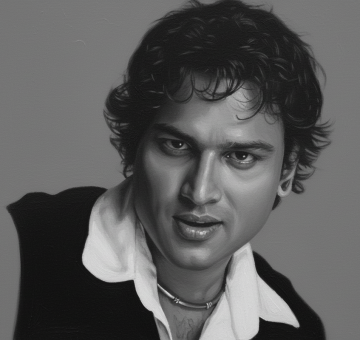Bangladesh’s economy is confronting renewed headwinds, with political uncertainty under the interim government weighing heavily on investment and slowing industrial growth. According to a World Bank (WB) report released on Wednesday under the title Poverty and Inequality Platform (PIP) News, the outlook for 2025 could resemble the pandemic year of 2020, when economic stagnation drove millions into hardship.
Key indicators:
-
- Poverty rate at $3 a day (2021 PPP): 5.91pc in 2022
- Poverty rate at national poverty lines 18.7pc in 2022
- Multidimensional poverty headcount ratio 7.4pc in 2022
- Annualized growth in per capita mean consumption or income (%), circa 2010-2016 1.35pc bottom 40pc , 1.54pc total
- Population, total (millions): 173.56 in 2024
- GNI per capita, Atlas method (current US$): $2880 in 2023, latest $2820 in 2024
- GDP growth (annual pc) 5.78pc in 2023, latest 4.2pc in 2024
The Bank projects that extreme poverty could rise to 9.3 per cent, leaving an additional three million people below the poverty line. At the same time, income inequality is expected to widen, with the Gini index forecast to increase by one point. Economists caution that such trends may imperil Bangladesh’s ambition of achieving middle-income status by 2026, unless structural weaknesses — ranging from weak governance and limited transparency to urban planning shortfalls — are urgently addressed.
 Rural poverty remains more pronounced than in cities, with a six-point gap recorded in 2022. Yet the country’s rapid pace of urbanisation has shifted the profile of vulnerability. Today, one in four Bangladeshis lives in an urban setting, and roughly a third of the non-poor population is considered at risk of falling into poverty. Rising living costs and insufficient job opportunities have widened disparities within urban areas, where inequality is becoming more entrenched.
Rural poverty remains more pronounced than in cities, with a six-point gap recorded in 2022. Yet the country’s rapid pace of urbanisation has shifted the profile of vulnerability. Today, one in four Bangladeshis lives in an urban setting, and roughly a third of the non-poor population is considered at risk of falling into poverty. Rising living costs and insufficient job opportunities have widened disparities within urban areas, where inequality is becoming more entrenched.
The distribution of income gains over the past decade underscores the unevenness. Between 2010 and 2022, the income Gini index rose from 50 to 53, despite improvements in education access. While primary education expansion has reduced inequality in schooling opportunities, the labour market has failed to absorb better-educated graduates into higher-paying positions. Only a narrow band of salaried jobs continues to offer significant wage premiums, leaving many young people underemployed.
Labour market pressures are most acute for urban youth and women. National unemployment stood at just 3.4 per cent in 2022, but this masks significant disparities. Young women face an unemployment rate of 18 per cent, with inactivity rates also climbing due to a lack of suitable opportunities. For young men, unemployment rose from 11 to 13 per cent over the same period. The consequence has been an oversupply of graduates in low-wage service sector roles, particularly in Dhaka, where competition increasingly favours high-skilled workers.
Migration has provided some relief. Since the pandemic, more than a million Bangladeshis have left the country annually in search of work abroad, sustaining urban households through remittance flows. Yet reliance on external income is no substitute for structural reform, analysts warn. Without policies that create inclusive employment opportunities, strengthen governance, and improve transparency, Bangladesh risks sliding into a cycle of slower growth, rising inequality and heightened social pressures in its rapidly urbanising centres.
Farrukh Khosru

















